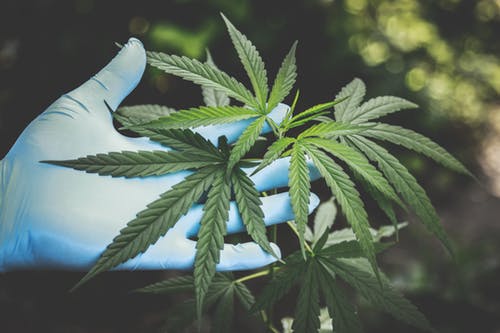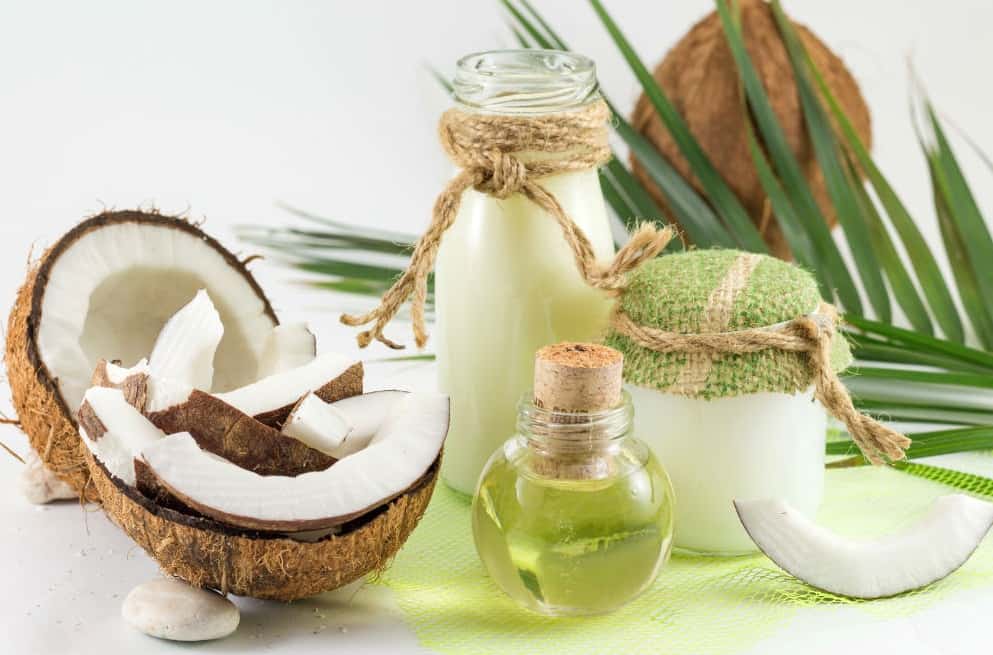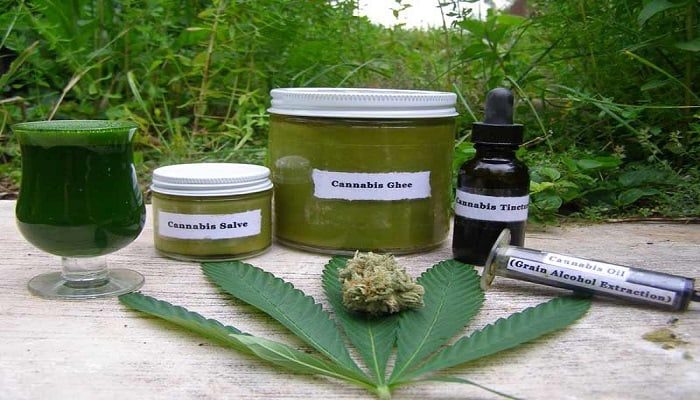People have been using and growing cannabis (marijuana) for various purposes for centuries.
In fact, the oldest written record of cannabis for medicinal purposes dates back to 2727 B.C. by the Chinese Emperor, Shen Nung.
The ancient Egyptians used it in treating glaucoma and inflammation; the Greeks promoted its powers to treat earaches and swelling, even the first Americans used this herb to treat depression.
In 1850, the therapeutic properties of the cannabis plant reached the American pharmacopoeia, where it was cited to treat: “neuralgia, typhus, tetanus, cholera, dysentery, rabies, alcoholism, anthrax, opiate addiction, leprosy, gout, incontinence, convulsive disorders, insanity, tonsillitis, excessive menstrual bleeding, and uterine bleeding”, among others.
Despite the seemingly undeniable evidence of its medicinal value dating back thousands of years and in almost all cultures, in the late 1930s, the US federal government banned the use of the drug for therapeutic and recreational purposes of the plant.
Since then, it has taken almost a century of legal challenges and continuous testing to restore cannabis and its healing abilities to the forefront of medicine.
Medicinal Cannabis

Currently, more than 20,000 reviews and studies have been published on the cannabis plant and its potent cannabinoids, of which nearly 33% have been published in the last four years.
Cannabis oil is connected with 187 diseases and 77 different pharmacological actions, ranging from insomnia, diabetes, epilepsy, stroke and brain damage to asthma, fibromyalgia, dementia, ADHD and almost all types of cancer.
One of the most interesting studies is a 2014 study published in the Journal of Neuroimmune Pharmacology, which revealed that cannabis essentially contains a compound that can kill brain cancers that neither chemotherapy nor radiation can affect.
Researchers know that there are more than 60 cannabinoids in cannabis but, according to several studies, one of them, cannabidiol (CBD), one of the most abundant, “inhibits and/or kills a large range of cancers in animal models, including glioblastoma (a type of brain cancer difficult to treat), breast, prostate, lungs, and colon cancer”.
However, researchers are enthusiastic that cannabinoids in cannabis also have the ability to inhibit the regeneration of cancer cells in the same way as a stem.
This is very important because cancer stem cells, different from conventional tumor cells, are able to detach from an existing lesion or tumor and form a new colony of tumor cells.
And while radiation and chemotherapy can reduce the size of a tumor, it also improves the lesion or tumor after treatment with more cancer stem cells, and in some cases, these treatments can even transform cancer stem cells. They are transformed into cancer stem cells, which, of course, not only cancels the goal but also makes things worse for the patient.
However, unfortunately, despite all these tests and scientific knowledge, medical marijuana is still legal in some states, but politicians and supporters of the medical community continue to struggle for its general acceptance on the basis of meaningful and ongoing positive research.
Coconut oil

Coconut oil and its innumerable healing properties have been ranked among the best therapeutic foods of all time.
Similar with cannabis, coconut is associated with many diseases and has many pharmacological actions: at least 50 so far, including improvement of cholesterol, weight loss, increase in immunity, digestive problems, kidney problems, heart disease, diabetes, HIV and other variety of different types of cancer. Like in diabetes, coconut oil has beneficial effects and this is what you need to know about the facts of coconut oil and diabetes.
In fact, a 2007 study published in the Brazilian Journal of Biological Research states that “coconut fiber extract has anti-cancer activity, including against a multi-drug resistant leukemia cell line”.
Another more recent study published in 2014 in Lipids in Health and Disease reveals that taking virgin coconut oil can reduce the side effects of chemotherapy and help improve the functional status and quality of life of patients with breast cancer.
Cancer Treatment With Cannabis And Coconut Oil

One of the problems of marijuana for medical purposes has always been to find the best delivery system. Some people choose to smoke it, which is not always acceptable or viable for others.
Often, cannabis can be converted into a highly concentrated liquid requiring a minimal amount to achieve therapeutic results.
But what researchers have discovered is that one of the simplest and safest, if not the healthiest ways to use marijuana for medical purposes is to inject it with coconut oil, which makes the drug more bioavailable.
As studies show, coconut oil alone is a powerful healing agent, but when it has been proven that both are effective at killing cancer cells, they both have the benefit of becoming a powerful “one-two punch” against the disease that literally kills Americans.
Cannabis and Coconut Oil: How To Make
Bottom line
There has never been a more relevant or necessary moment to treat cancer more safely, effectively and economically, and more importantly, prevention.
While more and more people who have treated their cancer with alternatives such as cannabis and coconut oil are making their claims known to medical professionals, the scientific community is taking note.
And cannabis and coconut oil may one day become a standard treatment protocol for cancer patients around the world. However, researchers continue to strengthen the scientific evidence behind these two powerful treatments, opening the way for those who want to make an informed decision about how they will treat their cancer.
If you like, you can try this home remedy or recipe as a basic treatment for pain and other common diseases. Read the article Easy Cannabis Coconut Oil Recipe to know how to make this recipe that could help combats some of these diseases.



